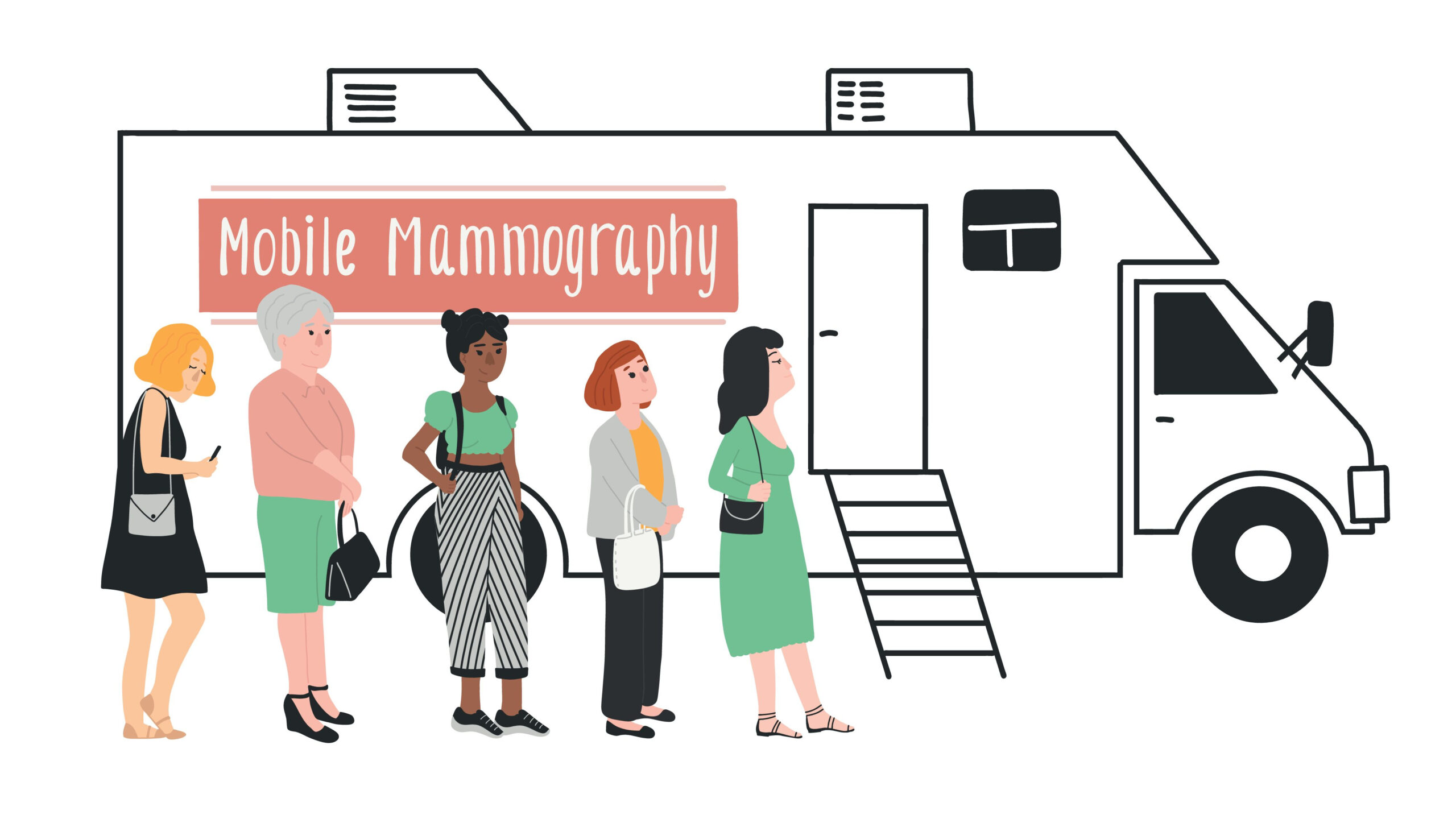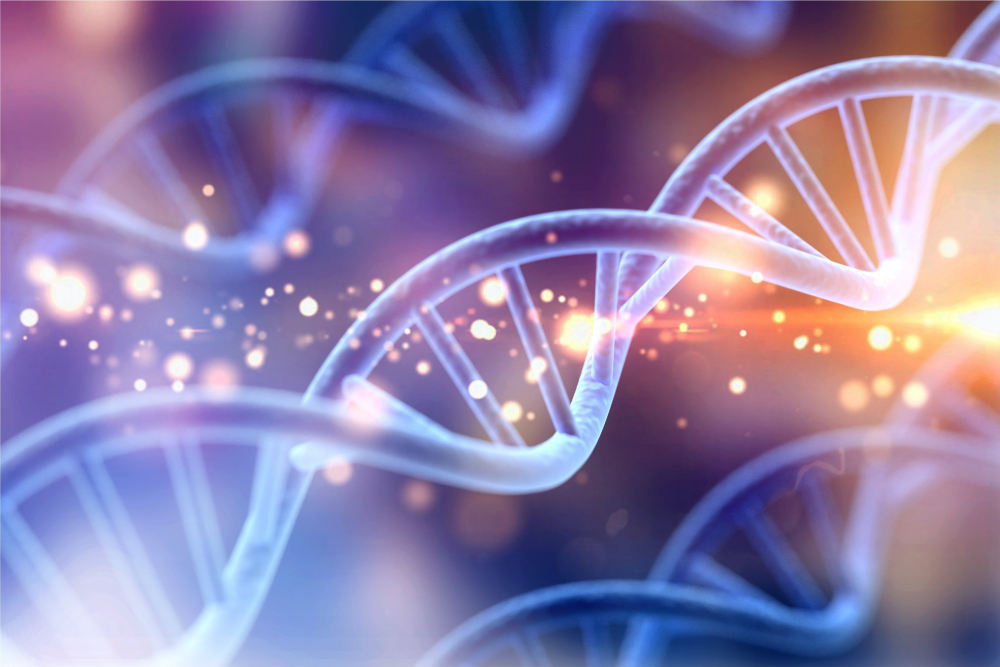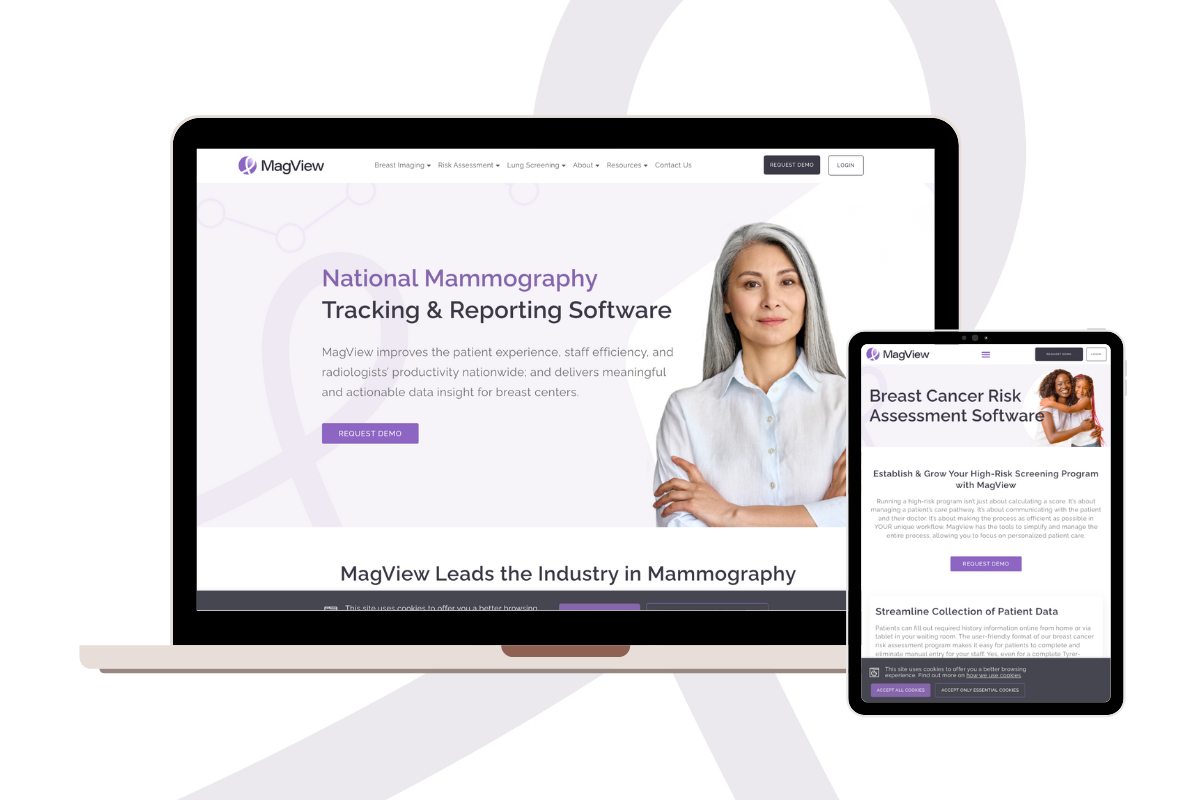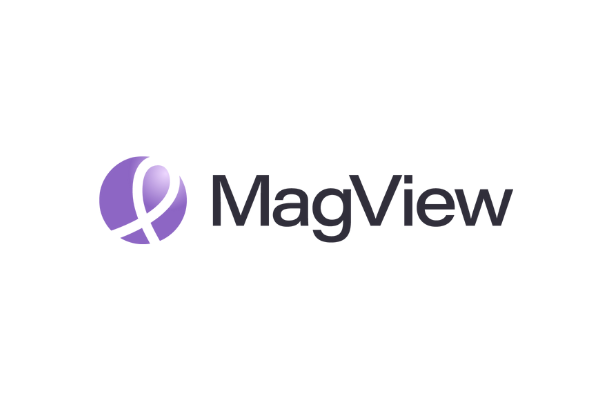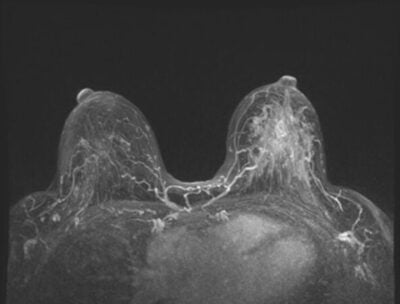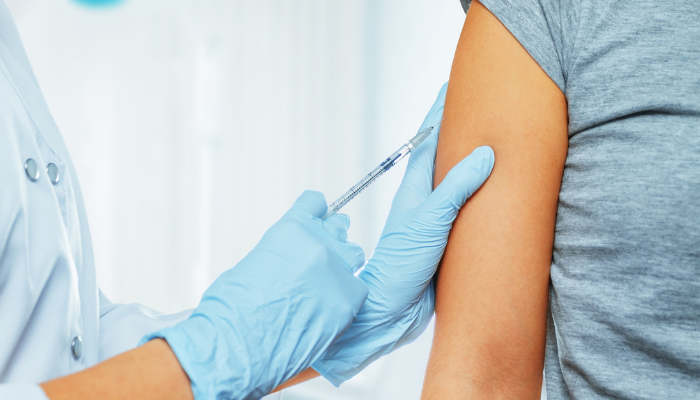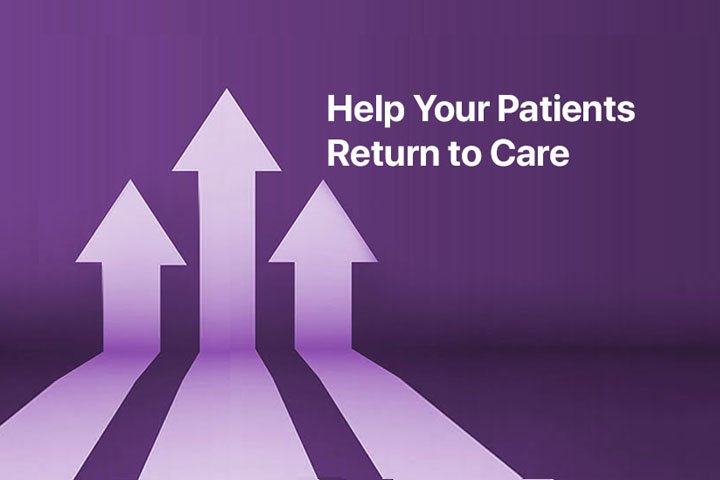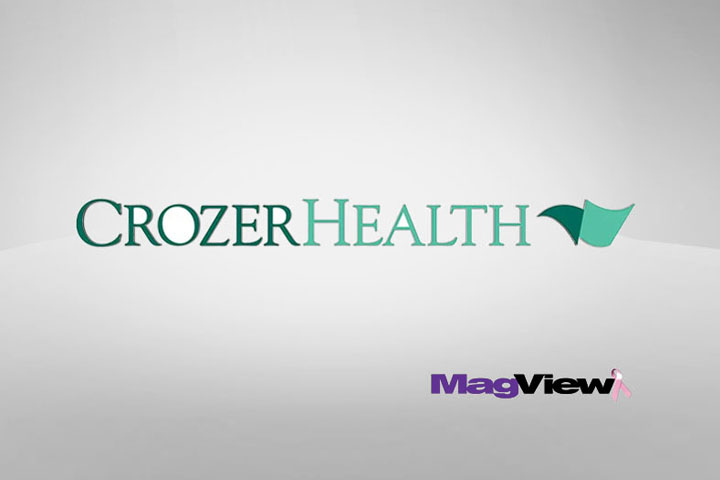The importance of breast cancer screening solutions for high-risk patients is demonstrated by statistics that underscore the prevalence of this type of cancer. Breast cancer is currently the most commonly diagnosed cancer in U.S. women and is the second leading cause of cancer death in this demographic. In 2022, breast cancer is expected to account for approximately 30 percent of new female cancers diagnosed. Additionally, about one in eight U.S. women will develop invasive breast cancer sometime in their lives.
Why Risk Assessment Accuracy Matters for Breast Centers
As the U.S. Centers for Disease Control and Prevention (CDC) notes, various risk factors can contribute to developing breast cancer, including:
- Age
- Genetic mutations
- Reproductive history
- Increased breast density
- Personal history of breast cancer and some non-cancerous breast diseases
- Family history of breast or ovarian cancer
- Previous radiation therapy
- Exposure to some drugs
- Reduced physical activity
- Being overweight or obese after menopause
- Hormone therapy
- Reproductive history
- Alcohol consumption
Breast Cancer Risk Assessment Solutions For Breast Centers
With so many factors involved, how do clinicians identify which of their patients are high-risk? Various risk assessment tools are available online that can be used in this context. While this may be a good option for some breast imaging centers, others can benefit from using integrated breast cancer risk assessment software that automates the process. Here, we’ll dig into some common questions related to risk assessment and discuss the benefits of using an integrated solution.
Questions Regarding Risk Assessment
What is a Risk Assessment for Breast Carcinoma?
Early detection is the best weapon in the fight against breast cancer. For patients considered to be at average risk for breast cancer, the American College of Radiology (ACR) recommends annual screenings beginning at age 40. However, patients with additional risk factors benefit from earlier and more thorough screening.
Risk-based screening utilizes risk models that take these factors into account and calculates the patient’s estimated risk score. The risk score, which is usually presented as a percentage, can then be used by mammographers to determine if the patient requires a tailored screening process and risk reduction strategies.
What is the Importance of Risk Assessment?
In its primer for healthcare providers regarding risk models for breast cancer, Dense Breast-info notes that risk models “can be useful in stratifying patients into risk categories to facilitate personalized screening and surveillance plans for clinical management of the patient.” The organization describes three purposes for their use:
- “To identify women who may benefit from risk-reducing medications.”
- “To identify women who may carry pathogenic mutation in BRCA1 or BRCA2.”
- “To identify women who meet criteria for high-risk screening MRI.”
Since the various risk models take different risk factors into consideration, it’s important to understand which is most appropriate for specific purposes. Dense Breast-info offers a comparison of the various risk models with a focus on which do and do not include breast density as a risk factor.
Another great resource for risk-model comparison is MagView’s High-Risk Breast Screening e-book, which includes a comprehensive table that provides an overview of risk models that are integrated into MagView’s breast cancer risk assessment software.
Is There a Chance That a Patient is Genetically Predisposed to Develop Breast Cancer?
According to breastcancer.org, approximately 5-10 percent of breast cancers may be hereditary due to abnormal genes passed from a parent to a child. In guidance for consumers, breastcancer.org notes that individuals are more likely to have a breast-cancer-linked genetic mutation if:
- “You have blood relatives (grandmothers, mother, sisters, aunts) on either your mother’s or father’s side of the family who had breast cancer diagnosed before age 50.”
- “There is both breast and ovarian cancer on the same side of the family or in a single individual.”
- “You have a relative(s) with triple-negative breast cancer.”
- “There are other cancers in your family in addition to breast, such as prostate, melanoma, pancreatic, stomach, uterine, thyroid, colon, and/or sarcoma.”
- “Women in your family have had cancer in both breasts.”
- “You are of Ashkenazi Jewish (Eastern European) heritage.”
- “You are Black and have been diagnosed with breast cancer at age 35 or younger.”
- “A man in your family has had breast cancer.”
- “There is a known abnormal breast cancer gene in your family.”
Of the gene mutations that may be linked to breast cancer, mutations of BRCA1 and BRCA2 have the strongest association. Damaged ATM, TP53, PALB2, and CHEK2 genes are others that may be linked to breast cancer. However, the presence of these genetic mutations does not necessarily mean a patient will develop the disease.
What is Genetic Testing for Breast Carcinoma?
As Myriad Genetics notes, genetic testing can be used to:
- Screen for and diagnose disease
- Identify carriers for a genetic disease
- Determine if a patient has an inherited predisposition to a disease
The results of genetic testing can help healthcare providers educate patients about actions they can take that may potentially reduce their risk of disease, aid in earlier diagnosis, and/or support a personalized treatment approach.
Genetic testing for breast cancer evaluates for the presence of mutations in certain genes that have been linked to an increased risk of breast cancer. Since this type of testing isn’t necessary for all patients, individuals who are interested in genetic testing should start by discussing their options with their healthcare providers. It’s also important to receive support and guidance from a genetic counselor to help identify the most appropriate tests and to assist with the interpretation of results.
Integrated Risk Assessment & Automated Reports Improve Patient Care
Since determining whether a patient is at higher risk for breast cancer involves so many variables, integrated risk assessment software that both enhances care quality and optimizes breast center workflow can be invaluable. Although online risk assessment tools may be useful, the manual processes required can be cumbersome.
Integrated software of this kind is particularly important for breast centers that want to build high-risk screening programs, since it offers an array of benefits, including:
- Minimal impact on existing workflow
- Reduced time spent on manual processes
- Effective and customizable communication with high-risk patients
- Follow-up communication with the referring provider
- Automatic integration of the risk score and risk factors in the finding report
- Ability to track high-risk patients using reports or online tools
- Detailed metrics to analyze program success
In this context, MagView’s integrated breast cancer risk assessment software is a popular option for many breast imaging centers, since it supports:
- Streamlined collection of patient data. Our online options and user-friendly format allow patients to provide history information prior to the visit or while in the waiting room. No more need for manual entry by staff.
- Automatic identification of high-risk patients. Our integrated Risk Assessment Module automatically calculates risk for Gail, BRCAPRO, Tyrer-Cuzick, B-RST, and other risk models based on electronic history and flags high-risk patients in a single system.
- Real-time guidance and recommendations. Identify and track patients eligible for MRI, genetic testing or genetic counseling based on NCCN guidelines and/or your organization’s custom protocol.
- Automatic communication of risk score and personalized recommendations to patients and their providers. Include risk score and recommendations in the radiologist’s imaging report with no additional steps. Options are available to integrate with breast density measurement software for risk calculation and density notification to the patient and provider.
For more information on how MagView’s integrated breast cancer risk assessment software can help your breast imaging center, please contact us.




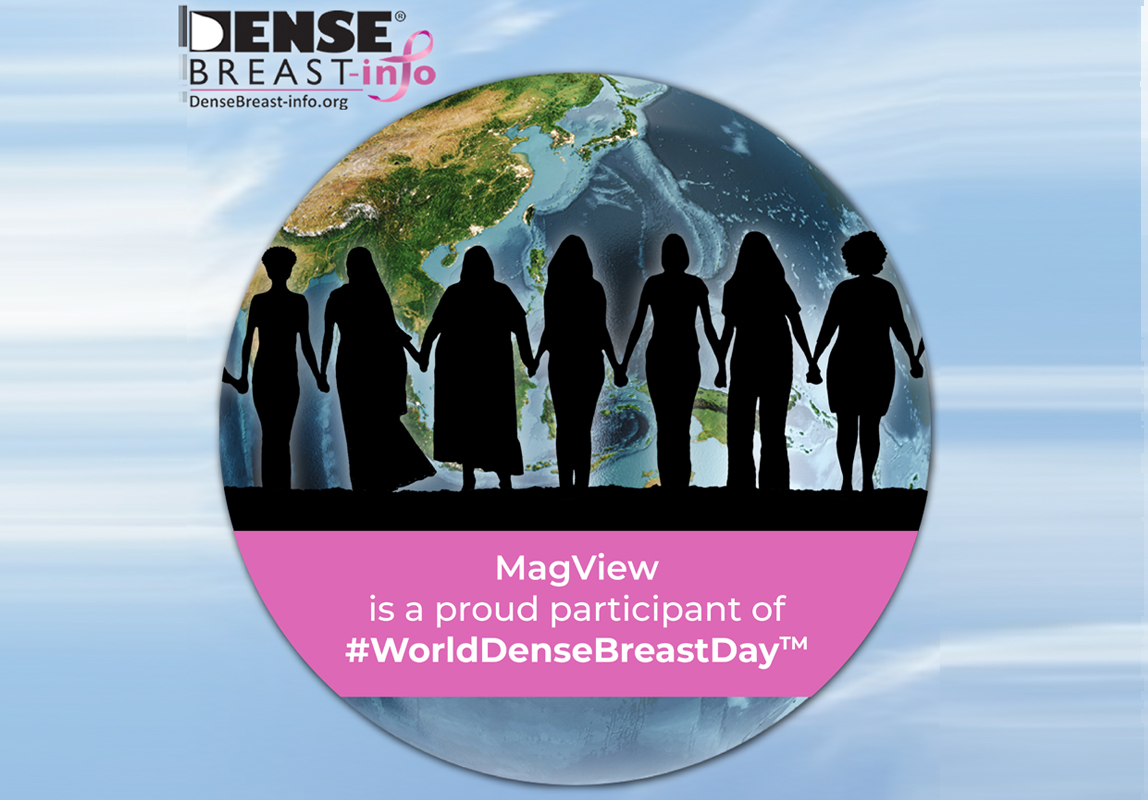
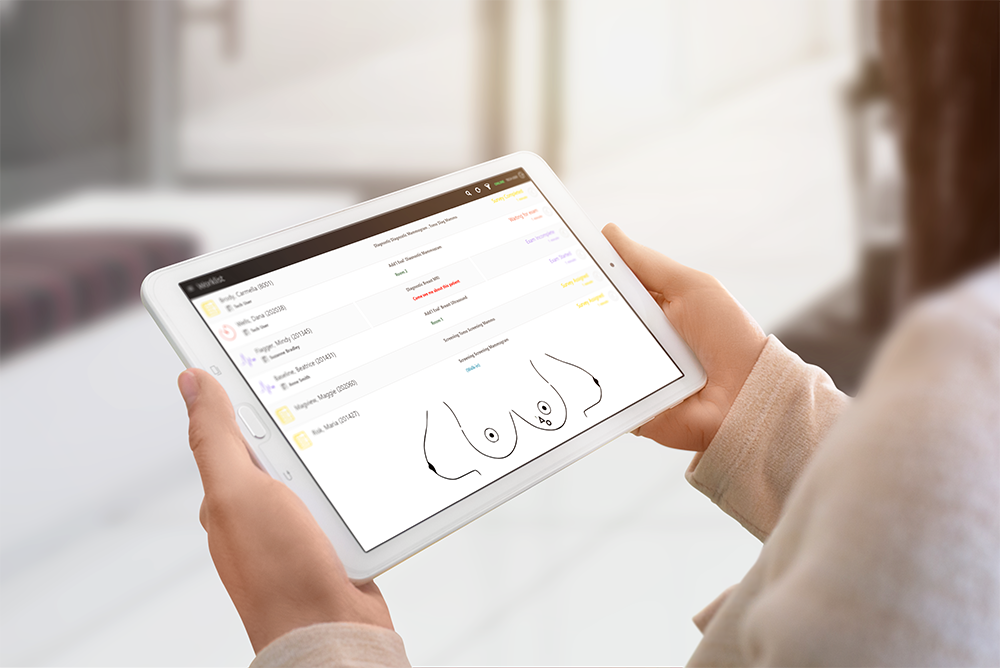
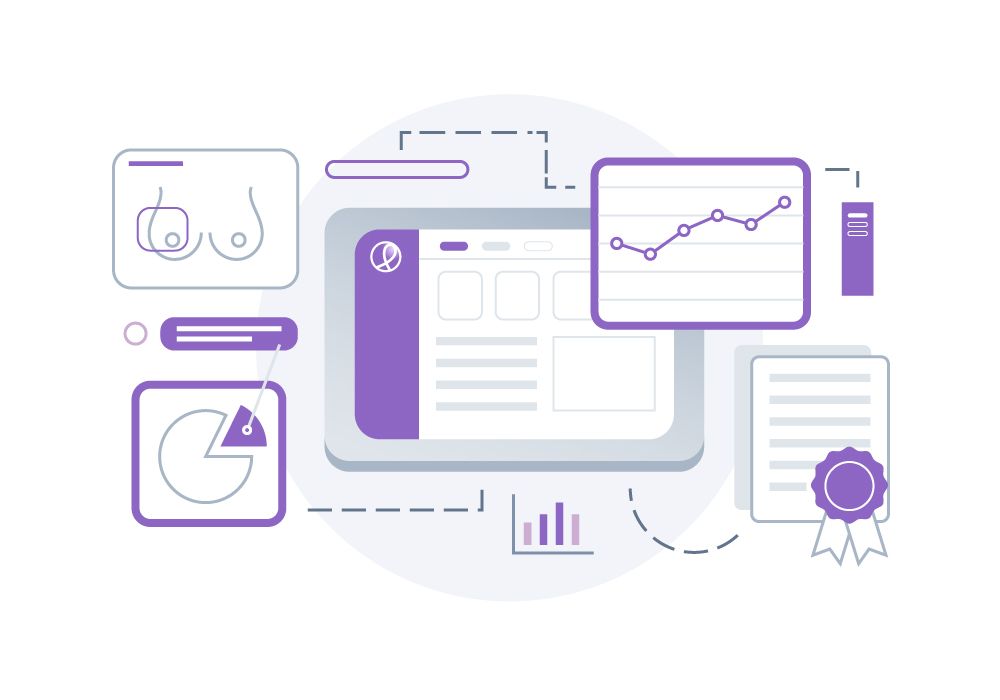
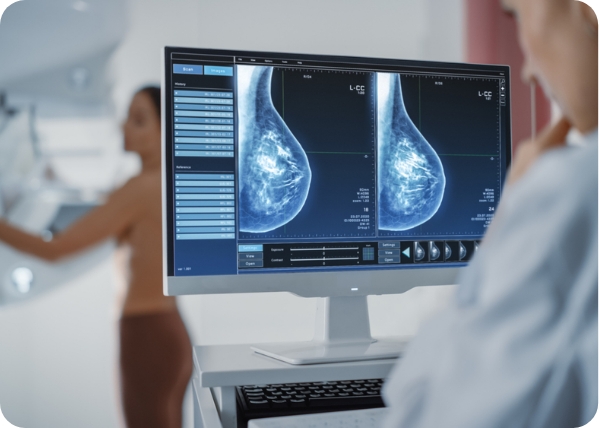


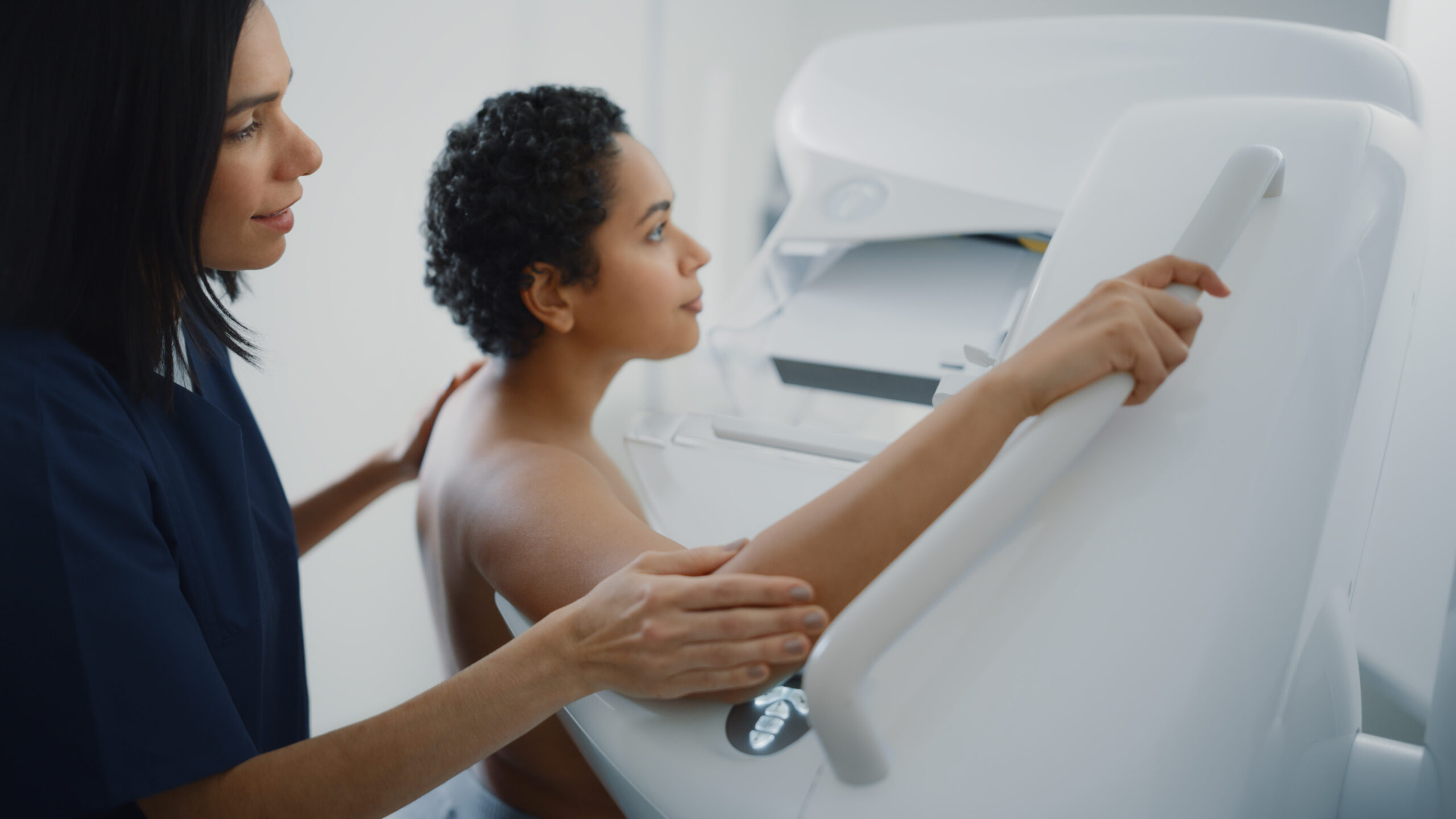
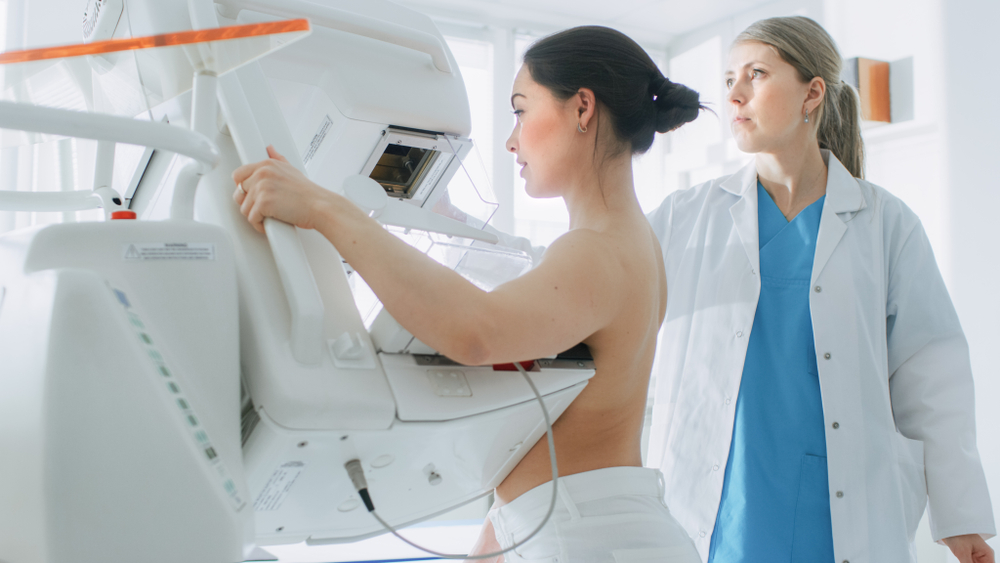
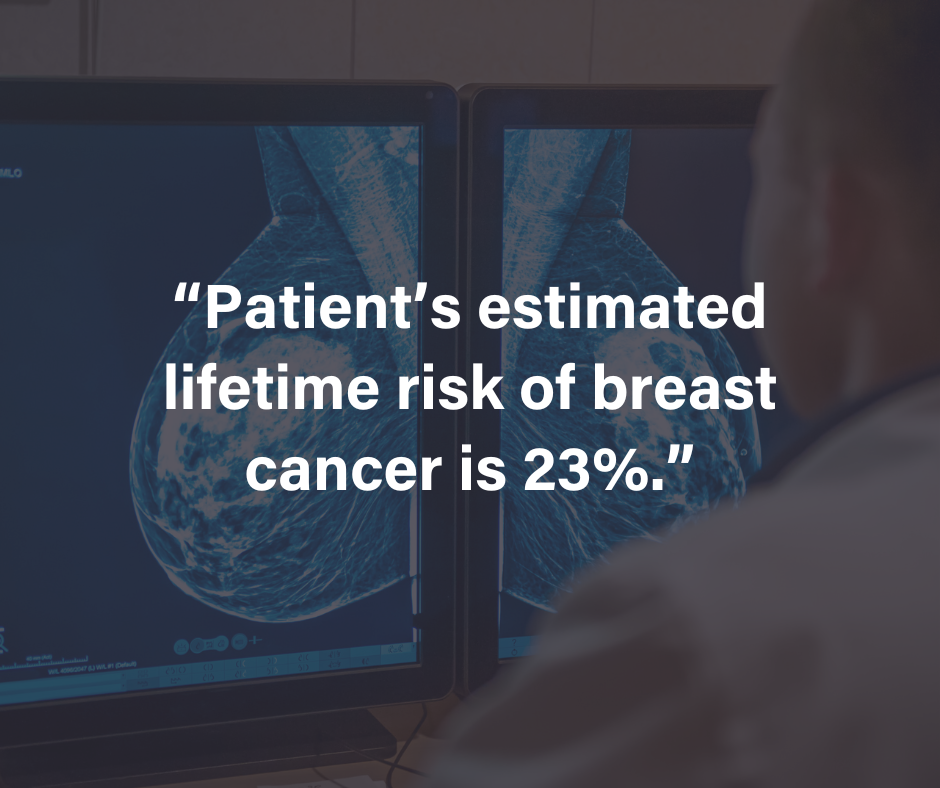







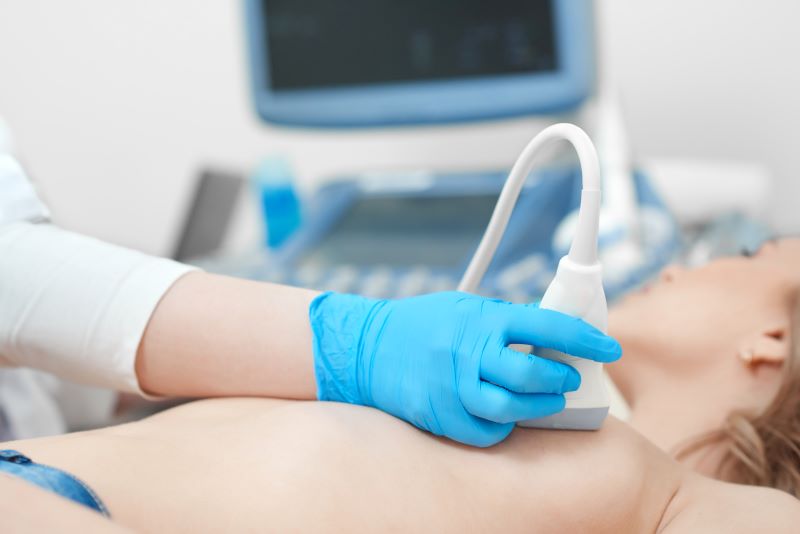
![monitoring breast density shutterstock_1299510538-[Converted]](https://magview.com/wp-content/uploads/2023/05/shutterstock_1299510538-Converted.jpg)
